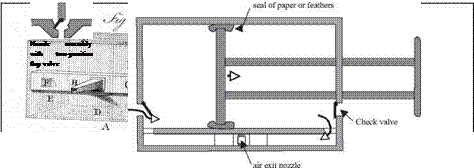UTILITIES/UTILITY EASEMENTS
One of the most prohibitive local residential land development regulations requires placement of all utilities in public rights-of-way. A viable, less costly alternative is installation of utilities outside of the ROW in easements.
Following are guidelines for utilities and utility easements:
• Place utilities in easements instead of rights-of-way where appropriate.
• Use plastic piping in underground gas systems.
• Install direct buried phone, cable TV and electric lines.
• Use common trenching for multiple utility installations.
![]() Utility easements are an acceptable procedure in many areas of the country. Benefits of easements compared to rights-of-way are detailed in the Streets section...
Utility easements are an acceptable procedure in many areas of the country. Benefits of easements compared to rights-of-way are detailed in the Streets section...






